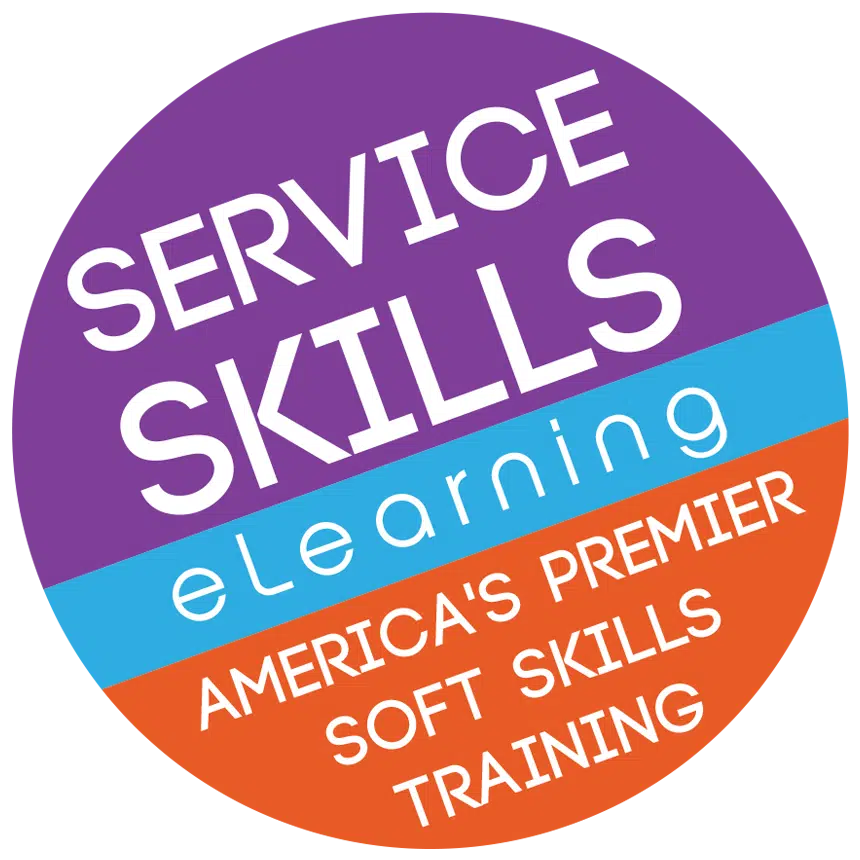
- Tip: Here’s a way to identify when to use this technique: Use open-ended questions when you want the other person to open up.
Here are some examples of open-ended questions.
- Tell me about the factors that are important to you in choosing a long-term care facility.
- How would you describe your overall experience with our automated system?
- Why is an extension needed?
Other phrases that similarly would produce the extra information you seek from open-ended questions begin with words like:
- Tell me about … .
- Explain to me … .
- Help me understand … .
- Share with me … .
Here are examples of those phrases in action.
- Tell me about the factors you consider important when you plan a family trip.
- Explain to me a little more about your situation with the appraised value.
- Help me understand how you prefer to book your tickets for a flight.
- Share with me a bit more about the software problems you’re experiencing.
So, to summarize, open-ended questions are those that don’t limit or restrict answers. They help you get more information and also give you additional insight into a situation. Technique #2: Closed-ended Questions Let’s examine closed-ended questions. These have what we call a fixed limit. They generally are answered “yes” or “no” or with a short statement of fact, and they usually give brief, specific information or are used to confirm facts.
- Tip: Here’s a way to identify when to use this technique: Use closed-ended questions when you want to focus and direct the conversation.
Here are some examples.
- Do you have Part B coverage in place?
- Is your system still under warranty?
- Would you like the number for our 24-hour help line?
Putting It All Together
So, how do you use these two tools of open-ended and closed-ended questions together? Well, you use the open-ended questions to draw out more information, and you use the closed-ended questions to tack things down and move the conversation forward in a particular direction. Remember:
- Open-ended questions are those that encourage continued conversation.
- Closed-ended questions are those that tack down or confirm details, limit or restrict the answer and can be answered by “yes” or “no” or in just a few words.
Notice in the following examples how the open-ended questions are used first, to get more information, and then the closed-ended questions are used to focus in on one area. Example #1—Putting It All Together Mr. Matthews (customer): I called your hospital about a week ago to get on your mailing list for your health seminars, but I haven’t received anything yet. Kendyll (agent): “My apologies—I’m sorry that happened. I’ll be glad to help you. What are some of the topics you’re interested in?” Mr. Matthews: “I’d be interested in programs like lowering high blood pressure or cholesterol.” Kendyll: “OK. Let’s see here. There’s a program on the 24th on diet and its role in cholesterol management. Would you be interested in that session?” Mr. Matthews: “Yes, I would. Please send me the information.” Example #2—Putting It All Together Jeremy (agent): Good afternoon, Learn-A-Maxx help desk. This is Jeremy. Mr. Wilkes (customer): Hi, Jeremy. I’m Ron Wilkes. I need some help with a hardware problem. Jeremy: Hi, Mr. Wilkes. You’ve called the right place. Tell me what type of issues are you experiencing? Mr. Wilkes: Well, we keep getting this 12-21 error. Jeremy: OK. Are you referring to the interruption with the power supply? Mr. Wilkes: Yes. That’s it, exactly. Jeremy: OK. That’s a simple enough issue to fix. First I’m going to need you to power down … . Putting It All Together — Example #3 Taylor (agent): Please, tell me what’s confusing to you. Ms. Williams (customer): It’s on page 42. It’s talking about the leased vehicles that have been transferred from out of state. Taylor: Are you referring to Section 8-C? Ms. Williams: Yes, that’s it. Taylor: Sure. Here’s how you determine the tax that’s due. Effective questioning techniques like these will enhance your skills both on the job, off the job and in your personal life. They show that you have the ability to get to someone’s real needs and issues and that you’re looking for meaning that’s deeper than the initial spoken message. It says to the other person, “I’m interested in determining your needs.” It is an effective way to give and get respect in a discussion. Effective questioning is a powerful communication skill well worth learning. Take a tip from motivational speaker Anthony (Tony) Robbins who says, “Successful people ask better questions, and as a result, they get betters answers.”
© ServiceSkills.com We encourage you to distribute this message to colleagues. When you’re ready to empower your staff with proven customer service and team building skills, please let us know.











